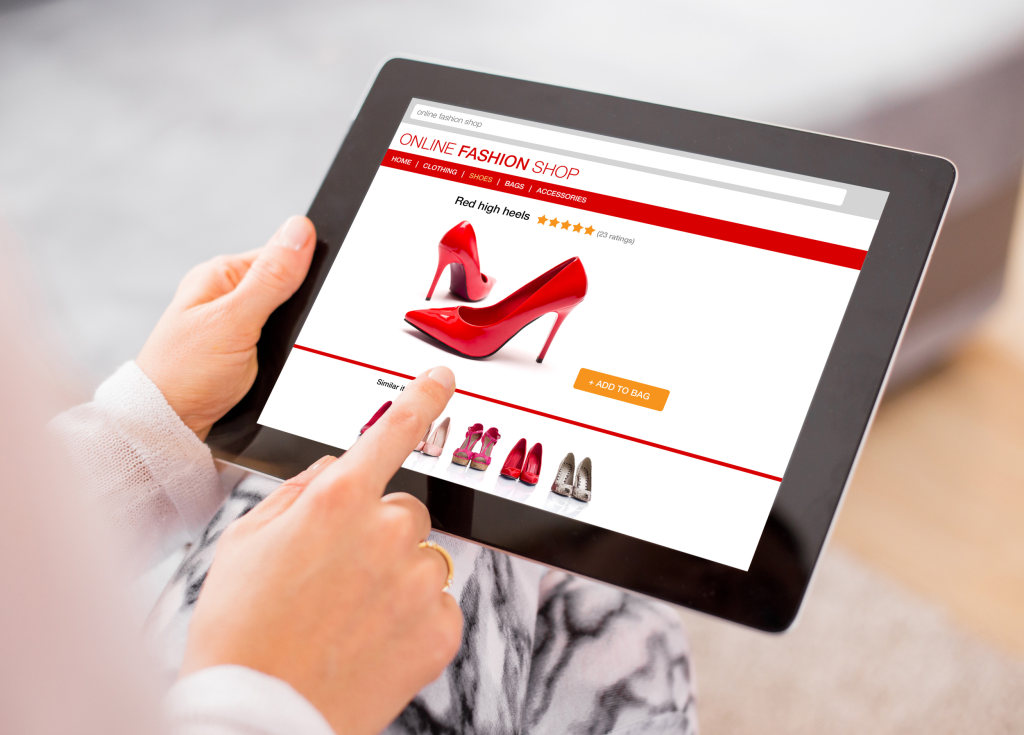
In the highly competitive e-commerce landscape, optimizing product recommendations is crucial for enhancing online sales and customer satisfaction. Here are 9 effective ways to achieve this:
1. Utilize Personalized Data for In-depth Understanding
- Analyze Browsing Behavior: Examine how customers navigate your website, which pages they visit, and how long they stay on each. For example, if a customer spends a significant amount of time on a particular product category, use this to recommend other products within that category.
- Consider Purchase History: Look at past purchases to understand the customer’s preferences and needs. If a customer has previously bought running shoes, recommend related items such as running socks, fitness trackers, or running apparel.
2. Maximize the Potential of Aggregated Data
- Identify Popular Products: By aggregating data on product views, purchases, and search queries, you can determine which products are the most popular among your customers. Feature these popular products prominently in your recommendations to attract more customers.
- Discover Product Combinations: Analyze aggregated data to find out which products are often purchased together. This can help you create bundles or suggest complementary products to customers, increasing the average order value.
3. Leverage Recommendation Engines for Cross-selling
- Offer Related Accessories: Use the data from recommendation engines to identify and suggest accessories or add-ons that go well with the products customers are viewing or have purchased. For instance, if a customer is looking at a camera, recommend lenses, tripods, and camera bags.
- Suggest Complementary Services: In addition to physical products, recommend complementary services such as extended warranties, installation services, or training courses. This can enhance the customer experience and increase revenue.
4. Strategically Use Pop-ups to Grab Attention
- Highlight Seasonal Bestsellers: When customers arrive on your site, display a pop-up showcasing seasonal bestsellers or limited-time offers. This can capture their attention and encourage them to explore further.
- Recommend Based on Cart Contents: When a customer has added items to their cart, show a pop-up with recommendations of other products that other customers have also bought along with those items. This can trigger impulse buying and increase the order value.

5. Craft Effective Product Recommendation Emails
- Personalize Based on Interests: Segment your email subscribers based on their interests and purchase history, and send them personalized product recommendation emails. For example, if a subscriber has shown an interest in cooking, send them emails with recommended cookware, recipe books, and kitchen gadgets.
- Create Urgency: Use limited-time offers, exclusive discounts, or early access to new products in your recommendation emails to create a sense of urgency and encourage subscribers to make a purchase.
6. Remind Shoppers of Upcoming Holidays with Recommendations
- Holiday-themed Product Suggestions: Use algorithms to generate holiday-themed product recommendations based on past shopping behavior. For example, before Christmas, recommend popular gift items such as toys, electronics, and clothing.
- Offer Special Deals: In addition to product recommendations, offer special deals and discounts on holiday-related products. This can attract shoppers and increase sales during the holiday season.
7. Present the Optimal Number of Recommendations
- Avoid Overwhelming Customers: Don’t bombard customers with too many recommendations, as this can lead to decision paralysis. Instead, show a limited number of highly relevant and personalized recommendations. For example, on a product page, display 3-5 related products that are most likely to appeal to the customer.
- Test and Adjust: Continuously test different numbers of recommendations to see which performs best in terms of click-through rates and conversions. Adjust the number of recommendations based on the results of your tests.
8. Embed Social Proof to Establish Trust
- Display Customer Reviews and Ratings: Show customer reviews and ratings prominently on your product pages and in your recommendations. Positive reviews and high ratings can build trust and credibility, and encourage customers to make a purchase.
- Highlight Social Media Mentions: If your products have been mentioned or recommended on social media, showcase these mentions on your website. This can increase brand awareness and social proof.
9. Continuously Optimize and Refine Your Recommendations
- Solicit Customer Feedback: Ask your customers for feedback on the product recommendations they receive. This can help you understand their needs and preferences better and make more accurate and relevant recommendations in the future.
- Monitor and Analyze Performance: Regularly monitor the performance of your product recommendations using analytics tools. Track metrics such as click-through rates, conversion rates, and revenue generated from recommendations. Use this data to identify areas for improvement.

In conclusion, optimizing product recommendations is a continuous and dynamic process that requires a combination of data analysis, customer understanding, and technological tools. By implementing the strategies mentioned above and continuously monitoring and adjusting your approach, you can create a more personalized and engaging shopping experience for your customers, leading to increased online sales and customer loyalty. Remember, the key is to always put the customer at the center and strive to meet their needs and expectations at every touchpoint.




